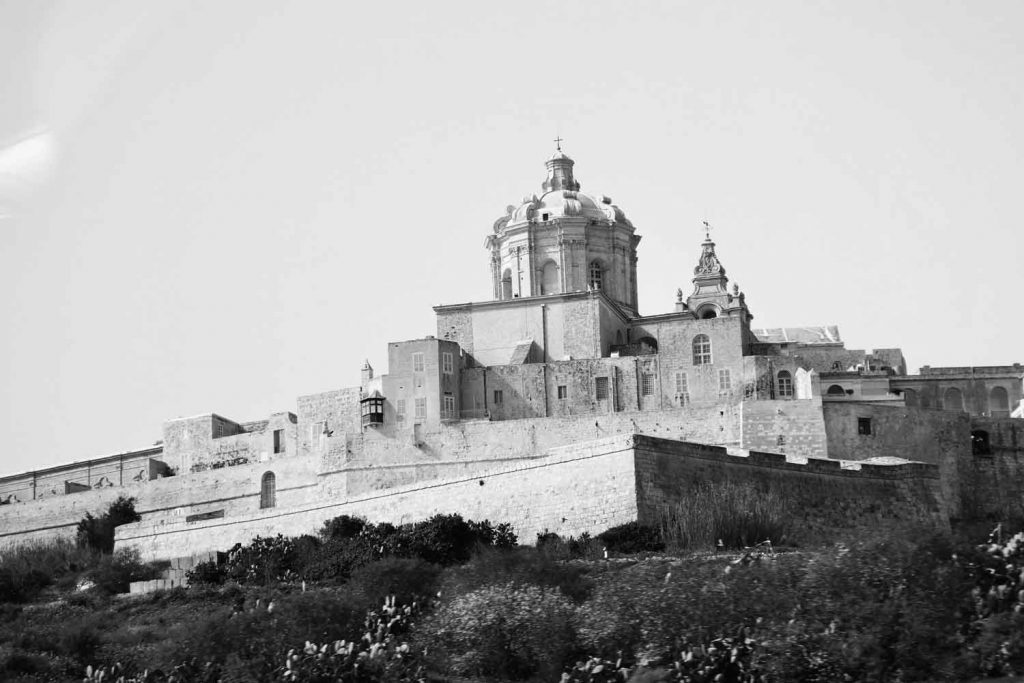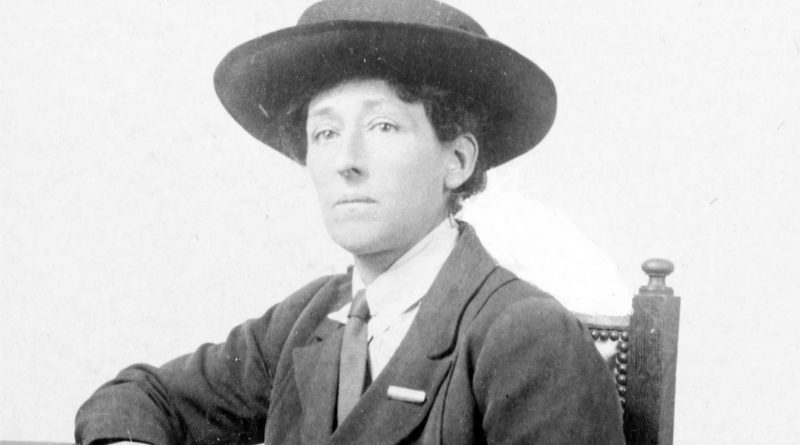The adventures of Norah Smyth: her life as a suffragette, philanthropist and artist
Writer Jane McChrystal reveals exclusive insights shared by Nora Smyth’s great-nephew about the life of the elusive suffragette, philanthropist and photographer who dedicated her personal wealth and artistic talent to social justice.
The life of Norah Smyth after 1924 is a fascinating example of what can happen to an activist, once her cause has been won, lost or faded into history.
Smyth, a suffragette, socialist and pioneering female photographer was a founding member of the East London Federation of Suffragettes (ELFS) and right-hand woman to Sylvia Pankhurst, who set up the federation in 1914.
Her years of activism included a spell as a prominent member of the Communist Workers’ Party (CWP) during the 1920’s. Her active participation in the international socialist movement came to an end with the dissolution of the CWP. After twelve years in the East End of London, it was time to move on. Smyth decided to join brother Maxwell in Florence, where she took up a post at the British Institute.
Smyth’s great nephew, Paul Isolani Smyth, knew her when he was a young boy in the late 1950’s, and has photographs of her with Maxwell and her friends taken during her sojourn in Italy. He explained what influenced her decision to leave England.
Aged 36, Smyth inherited a fortune from her father, a wealthy Cheshire grain dealer, which enabled her to come to London, become Emmeline Pankhurst’s driver and meet her daughter Sylvia, who introduced her to the East End. Like Rosaline McCheyne, Smyth was a less visible but essential cog in the movement.
Once Smyth committed to ELFS, she didn’t hesitate to pour money into their enterprises. She financed the publication of their weekly newspaper, the Woman’s Dreadnought, at the same time as acting as its photographer. In 1920 she bailed out the toy factory on Norman Road, when it ran into financial difficulties, to ensure that the women it employed could continue to work there for a fair wage on safe conditions.
In short, she spent her father’s inheritance on funding ELFS, needed to earn a living and realised she could live more cheaply in Italy. Florence had been the choice of home for generations of genteel English people who could no longer afford to maintain their way of life in their homeland.
This chapter in her life closed when it became clear that Britain would be going to war with Italy. An invitation to live and work in Malta arrived from her friend Mabel Strickland and she accepted. The job offered was with the Times of Malta whose proprietor was Strickland, also a leading figure in the Progressive Constitutionalist Party, who used her position to oppose independence from Britain, when elected to parliament in 1963.
As an anti-colonialist, Smyth’s choice of employer, then, might seem a curious one. Maybe she was happy to be drawn into the orbit of another indomitable woman, whose autocratic style earned her the nickname “Queen of Malta”.
Smyth made her home eight miles from Valetta in Mdina, an ancient walled enclave filled with a rich mix of Norman and Baroque architecture. In a different era, Mdina’s inaccessibility and reputation as, “the silent city”, might have offered her the kind of tranquillity she had enjoyed in Italy, but the Second World War changed everything.
From the Phoenicians to the Ottomans, French and English, some of the world’s major powers have vied for control of the Mediterranean by invading Malta. During the Second World War the Italian/German Axis battled in the skies over the island with Britain for air supremacy in a campaign known as the Siege of Malta, launched in 1940.

Smyth would have endured food and water shortages inflicted by the warring sides, which were so severe that the Maltese were threatened with starvation and disease began to break out among them. By the time the siege was lifted in 1942, Malta’s economy was wrecked. Five hundred homes had been destroyed, 50 hospitals damaged or left in ruins and not a single head of cattle survived. At the end of the war Smyth left this scene of devastation to join her sister, Una, in Ireland.
Una Maud Lyle Smyth was an experimental novelist whose works are in Paul Isolani Smyth’s keeping today and, by his account, are not an easy read. After a spell in the Italian Tyrol, where she had lived for the benefit of her husband’s health, she returned as a widow to the family home, Oak Park House in Letterkenny, Donegal, accompanied by Anna, who became her cook, and Anna’s daughter, Emma, who helped with domestic duties.
Smyth made a busy and creative life for herself at Oak Park. She corresponded widely and was a generous hostess. She took up gardening in the house’s extensive grounds. She was in charge of household management, supported by Anna and Emma. Jobs considered as “man’s work” at the time were undertaken by Ernest, a traveller who turned up for a cup of tea one day, brought his caravan along, and ended up staying put.
Paul recalls great aunt Norah filling some of her time between all her other activities with painting the brown furniture of the house in a variety of bold, primary colours. This new occupation was a manifestation of Norah’s considerable artistic talent; not only was she a pioneering photographer, she was also a skilled carver in stone and wood. This latest pursuit was an expression of her interest in Rosicrucianism, and represented a shift of focus from life’s material aspects towards more spiritual matters.
Rosicrucianism is a mystical system of thought, introduced to England in the seventeenth century, with roots in ancient Egypt. One of its key tenets is that each of us is surrounded by an aura of swirling colours which reflect our internal state.
Norah must have painted the furniture in the hope of inducing positive effects in the psyche of those around her, in accordance with the belief that certain shades of red, green and blue have the power to enhance the spiritual and intellectual health of the individual who observes them.
Paul’s father, Kym Isolani, would regularly bring his family to stay at Oak Park when he was on leave from his diplomatic posting in Rome. Paul remembers the strong intellectual bond shared by his father and Norah but, to him, she was a kindly and solicitous great aunt, who corresponded with him about his boyhood enthusiasm for keeping budgerigars between holidays in Ireland.
On one memorable occasion at Oak Park she found him, aged around seven, under a table playing with her cairn terrier and her puppies, while he tried out a first cigarette. He says she clearly disapproved, but he had the impression that she was quietly amused by this misbehaviour. He still has her letters.
So far, no one has found any papers she might have written recording her life and times and she can seem a somewhat elusive figure today. Her photojournalism for the Woman’s Dreadnought never had any credits, which might suggest a self-effacing nature, and yet, her fellow suffragettes described her as every bit as energetic, outgoing and determined as Sylvia.

Maybe, she just lacked the Pankhurst flair for self-promotion. She certainly made her mark as a suffragette, photographer and philanthropist, but even without her important contributions to the history of the East End of London, she was still a remarkable individual who deserves to be remembered today.
When Norah arrived in London, it was the first time she had left the family home in a Cheshire Village to live an independent, adult life, a bold move for any woman in the early twentieth century, and her subsequent engagement in international socialism would have pushed her even further beyond the bounds of convention. Her moves to Florence and Malta are further evidence of an adventurous nature.
Norah’s wealth undoubtedly granted her a kind of freedom that most women of her time could never have aspired to, but it must have taken great courage to step out of a world where she could have lived comfortably with all the privileges she was born to, and join those who lacked them in the struggle for social justice.
In 2018 Four Corners gallery, Roman Road, mounted the first ever exhibition of her photographs, which cast a sympathetic eye on the women and children of the East End, in contrast to those reporters who came here in search of scenes of poverty and degradation. We can only hope it was a first step on the road to the widespread recognition she deserves.
I would like to thank Paul Isolani Smyth for the valuable feedback he provided after reading earlier versions of this article. He corrected a number of factual errors, filled in some of the Smyth family background and confirmed my hunch that Norah would have been a good person to know. He also kindly granted permission to publish the photograph of his great aunt and the Toy Factory at Norman Road.
The complete collection of his great aunt’s photographs, including the portrait of Norah and the photo of the Toy Factory on Norman Road, is held with Estelle Sylvia Pankhurst’s papers at the Institute of Social History, Amsterdam. Tower Hamlets Local History Library and Archive, London Borough of Tower Hamlets provided the copies you see here.
If you enjoyed this article, you might be interested in our piece on suffragette Rosalyn McCheyne.


